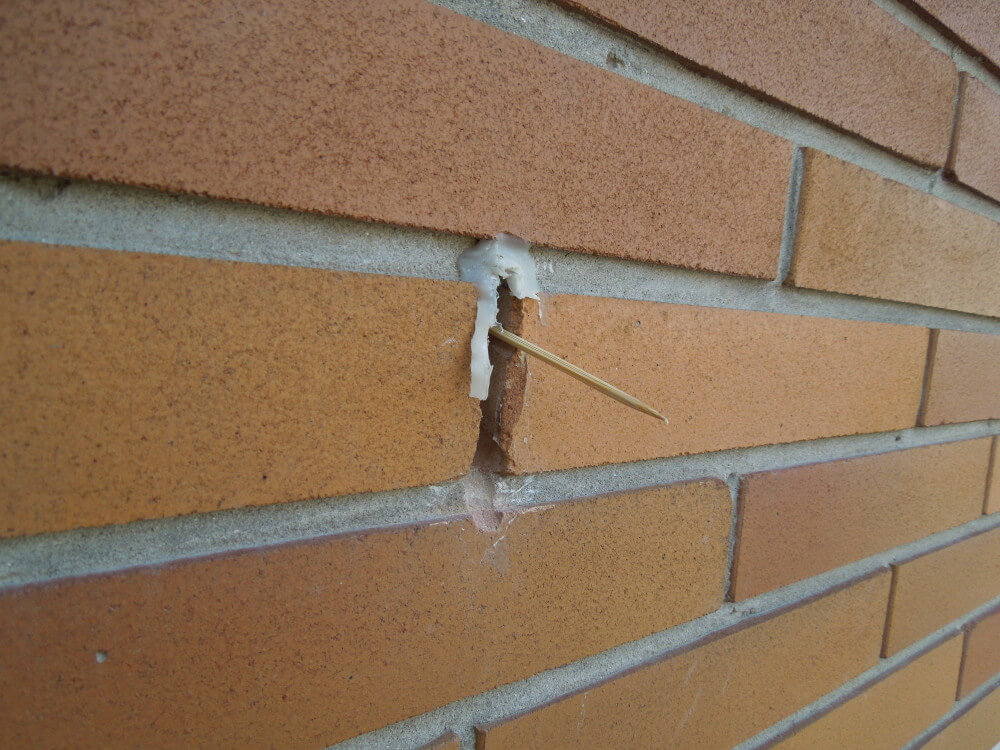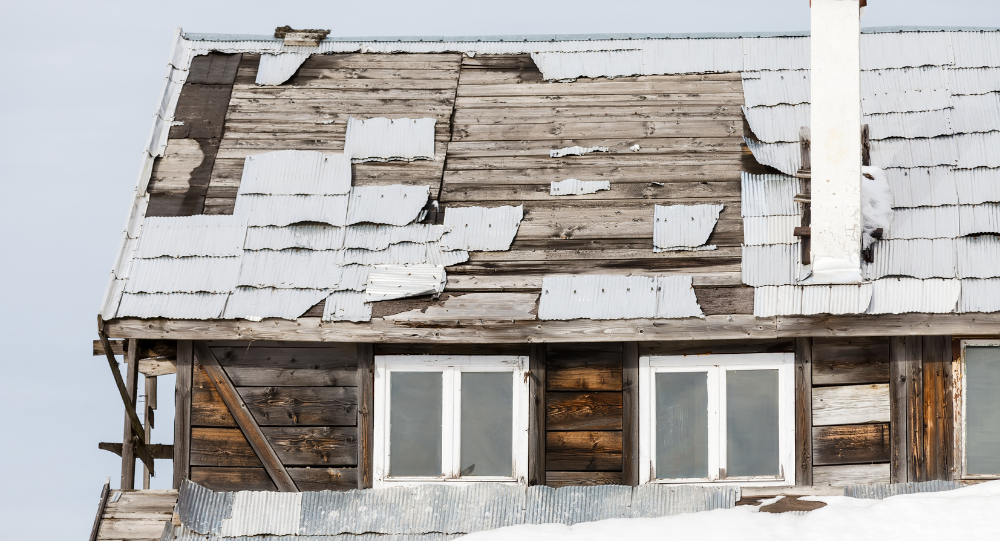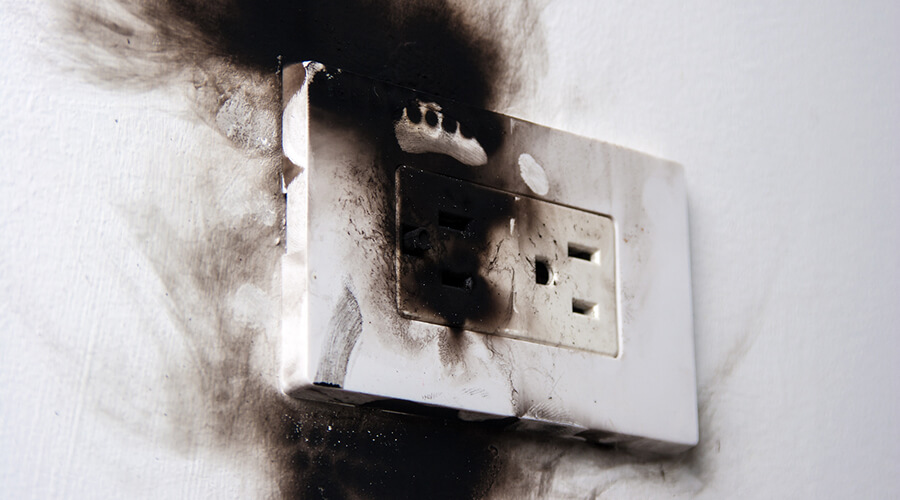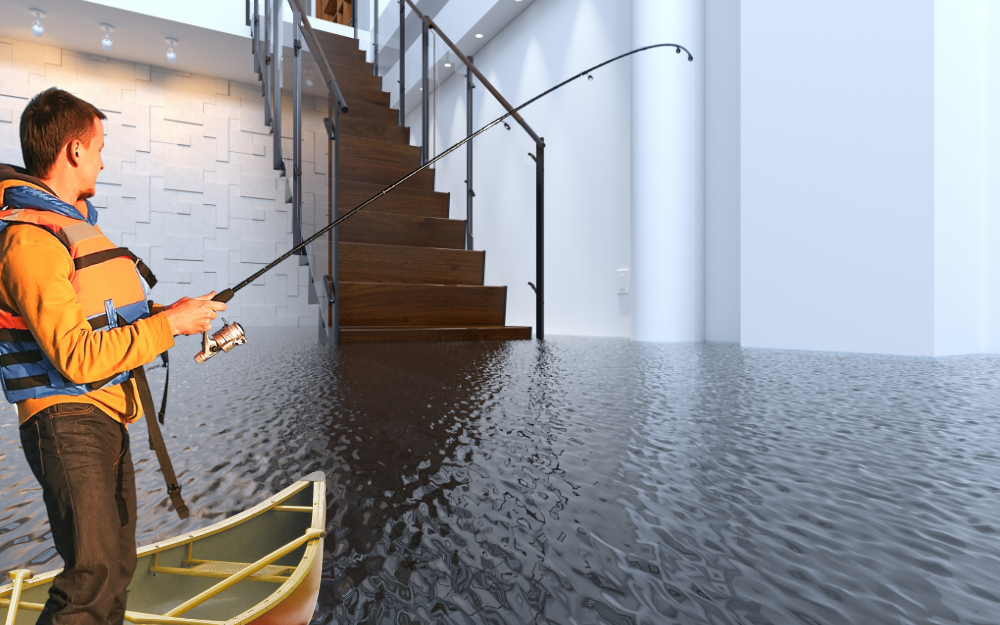It may seem interesting when choosing your next home to consider a "fixer upper" home…

Do not fill the weep holes!
If you live in a home with masonry exterior cladding, such as brick, you may have noticed these small openings at the bottom of the wall. You might think the mason decided to save some money on the mortar. The reality is however quite different… Watch our video and see the real function of these small cavities called weep holes.
When an exterior wall cladding is made of masonry, such as brick, a 25 mm (1 “) air gap is provided behind it to prevent rainwater on the surface of the brick from coming into contact with the structure of the walls.
To allow drainage of water from the back of the siding and promote drying of this cavity, weep holes (openings) are intentionally created by leaving vertical joints without mortar every 800 mm (32 in) in the first row over the foundation wall, built-in balconies, windows and doors.
These weep holes can also be made by inserting a plastic tube into the openings. The absence or the obstruction of weep holes promotes water infiltration inside the walls and may cause damages that are not always visible.
To prevent this, it is recommended that the weep holes in the masonry joints are never blocked. In their absence, avoid creating them yourself and check with a licensed masonry contractor for the feasibility of such an operation. The back of the brick wall is composed of membranes and flashing that can be easily damaged when a mortar joint is drilled. If you have any doubts about the integrity of the internal components of the wall, contact Legault-Dubois for a thorough investigation.


